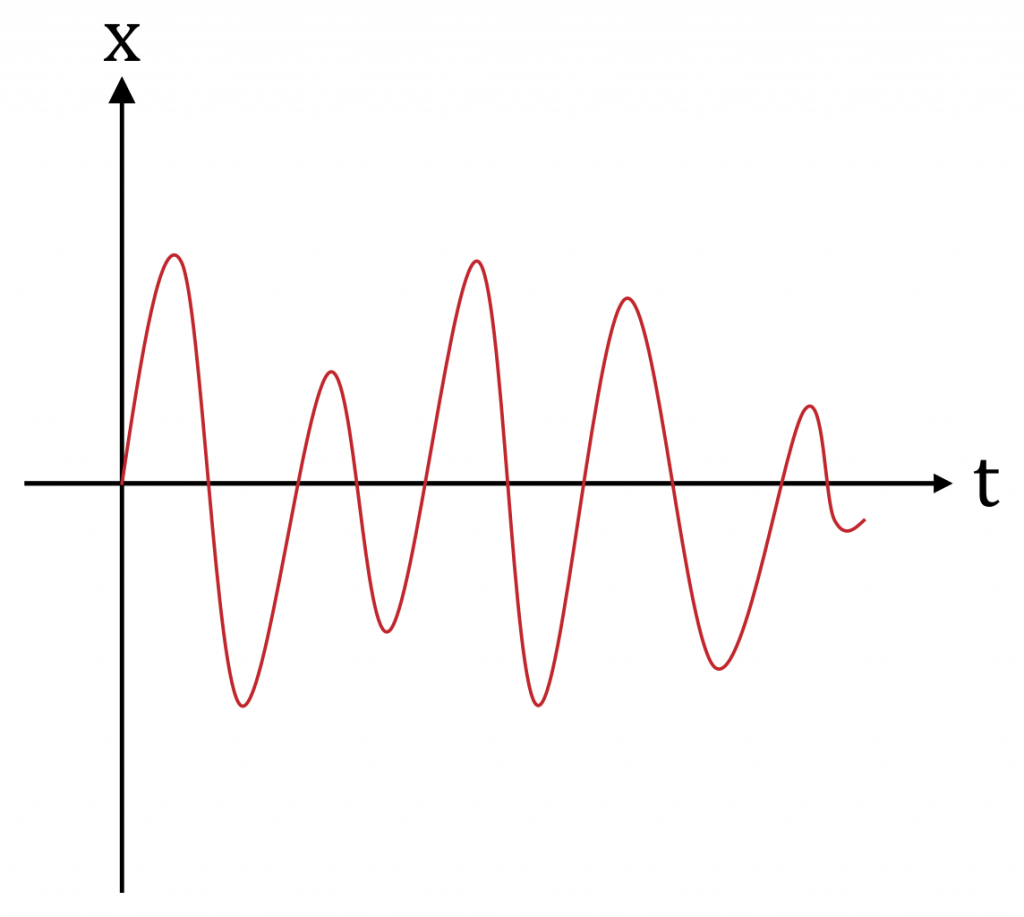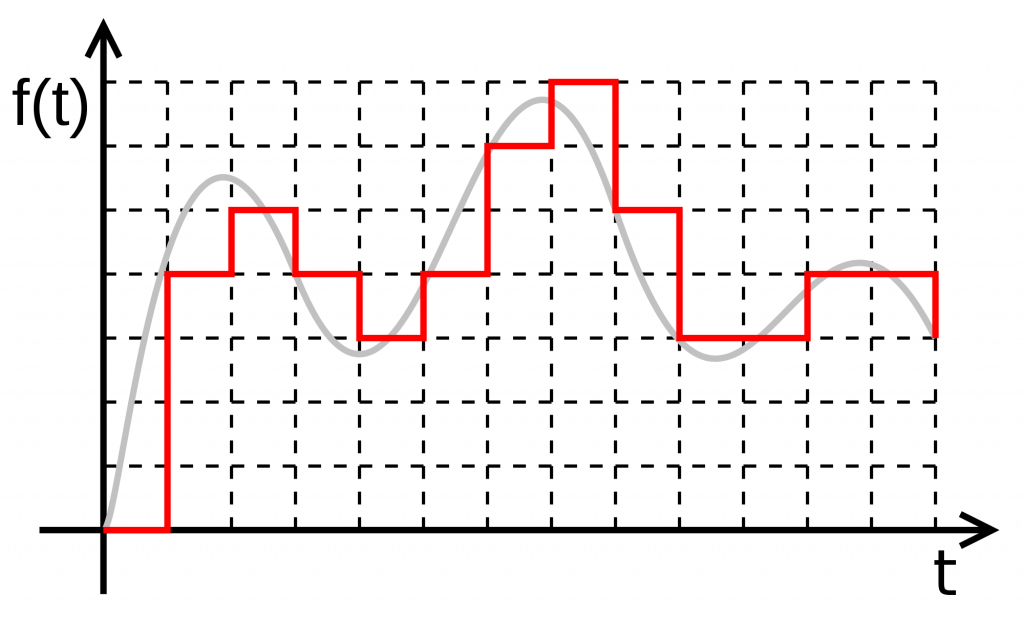What are Analog and Digital Signals, and Their Differences
Analog and digital signals are different types which are mainly used to carry the data from one apparatus to another. Analog signals are continuous wave signals that change with time period whereas digital is a discrete signal is a nature. The main difference between analog and digital signals is, analog signals are represented with the sine waves whereas digital signals are represented with square waves. Let us discuss some dissimilarity of analog & digital signals. The best example of an analog and digital is electrons because it deals with analog as well as digital signals, input & outputs. In some way, an electronics project mainly interacts by the real analog world whereas digital signals with computers, microprocessors, and logic units. These two kinds of signals are similar to different electronic languages. As some of the other languages can only recognize as well as speak one of the two. This article discusses an overview of both analog as well as digital signals, and comparison between them. Please refer the link to know about Difference Between Analog Circuit and Digital Circuit
Mục lục bài viết
What is Analog and Digital Signal?
An analog signal is one type of continuous time-varying signals, and these are classified into composite and simple signals. A simple type of analog signal is nothing but a sine wave, and that can’t be decomposed, whereas a composite type analog signal can be decomposed into numerous sine waves. An analog signal can be defined by using amplitude, time period otherwise frequency, & phase. Amplitude streaks the highest height of the signal, frequency streaks the rate at which an analog signal is varying, and phase streaks the signal position with respect to time nothing. An analog signal is not resistant toward the noise, therefore; it faces distortion as well as reduces the transmission quality. The analog signal value range cannot be fixed.

Similar to analog, digital signals carry the data although it is a bit different. These signals are discrete or not continuous. A digital signal carries the data in the form of binary because it signifies in the bits. These signals can be decomposed into sine waves which are termed as harmonics. Every digital signal has amplitude, frequency, & phase like the analog signal. This signal can be defined by bit interval as well as bit rate. Here, bit interval in nothing but the required time for transmitting an only bit, whereas the bit rate is bit interval frequency.

Digital signals are more resistant toward the noise; therefore, it barely faces some distortion. These waves are simple in transmitting as well as more dependable while contrasted to analog waves. Digital signals include a limited variety of values which lies among 0-to-1. To know how analog signal is converted into digital, please refer the link: How to Convert the Analog Signal to Digital Signal by ADC Converter
Characteristics of Analog and Digital Signals
The analog and Digital signal characteristics mainly include adaptability, continuity, representation, data type, signal type, medium of transmission, type of values, security, bandwidth, hardware, data storage, portability, data transmission, impedance, power consumption, recording data, use, rate of data transmission, examples and applications.
Adaptability
Analog signals are less adjustable for a range of use, whereas digital signals are more adjustable for a range of use.
Continuity
Analog signals use a continuous variety of amplitude values whereas digital signal takes a limited set of distinct values at consistently spaced spots in the time.
Type of Data
Analog signals are continuous in nature, whereas digital signals are discrete.
Type of Waves
Analog signal wave type is sinusoidal, whereas a digital signal is a square wave.
Medium of Transmission
Analog signal medium of transmission is wire or wireless, whereas a digital signal is a wire.
Type of Values
Analog signal value type if positive as well as negative, whereas a digital signal is positive.
Security
The security of an analog signal is not encrypted, whereas a digital signal is encrypted.
Bandwidth
The analog signal bandwidth is low, whereas the digital signal is high.
Hardware
Analog signal hardware is not elastic, whereas digital is elastic in execution
Data Storage
The data storage of an analog signal is in the wave signal form, whereas digital signal stores the data in the binary bit form.
Portability
Analog signals are portable similar to the thermometer and low cost, whereas digital signals are portable similar to computers and expensive.
Data transmission
In analog, the signal can be deterioration due to noise throughout transmission, whereas digital signal can be noise resistant throughout transmission devoid of any deterioration.
Impedance
The impedance of the analog signal is low, whereas the digital signal is high.
Power Consumption
Analog devices use more power, whereas digital devices use less power.
Data Transmission Rate
The data transmission rate in the analog signal is slow, whereas in the digital signal it is faster.
Examples
The best examples of the analog signal are video, human voice in the air, radio transmission waves or TV
transmission waves.
Applications
Analog signals can be utilized in analog devices exclusively, thermometer, whereas digital signals are appropriate for digital electronic devices like computers, PDA, cell phones.
Key Differences between Analog and Digital Signals
The key difference between analog and digital signals in tabular form is shown below.
Analog Signal
Digital Signal
An analog signal signifies a continuous signal that keeps changes with a time period.
A digital signal signifies a discrete signal that carries binary data and has discrete values.
Analog signals are continuous sine waves
Digital signal is square waves.
Analog signals describe the behavior of the wave with respect to amplitude, time period, & phase of the signal.
Digital signals describe the behavior of the signal with respect to the rate of a bit as well as bit interval.
Analog signal range will not be set.
Digital signal is limited as well as ranges from 0 to 1.
Analog signal is further horizontal toward distortion during the response to noise
A digital signal has resistance in response toward the noise, therefore, it does not often face distortion.
An analog signal broadcasts the information in the signal form.
A digital signal broadcasts the information in the form of binary that is bits.
The example of an analog signal is the human voice
The example of a digital signal is the data transmission in a computer.
Advantages of Digital Signal Over Analog Signal
There are several advantages using digital signal over an analog signal.
- Digital signals are more secure, and they do not get damaged by noise.
- These signals use low bandwidth
- They allow the signals transmitted over a lengthy distance.
- Digital signal has a higher rate transmission
- By using these signals, we can translate the messages, audio, video into device language.
- Digital signals enable the transmission of multidirectional concurrently.
Thus, the difference between analog and digital signal in tabular form is shown above. The combination of analog and digital components is not rare to observe in a circuit. Usually, microcontrollers are digital beasts, and they have interior circuitry frequently which allows them to connect with analog circuitry. An ADC (analog to digital converter) permits a microcontroller to connect an analog sensor to read analog voltage. The fewer general DAC permits a microcontroller for generating analog voltages, which is useful whenever it requires making the sound. Here is a question for you, which is a better signal? analog or digital signal?











